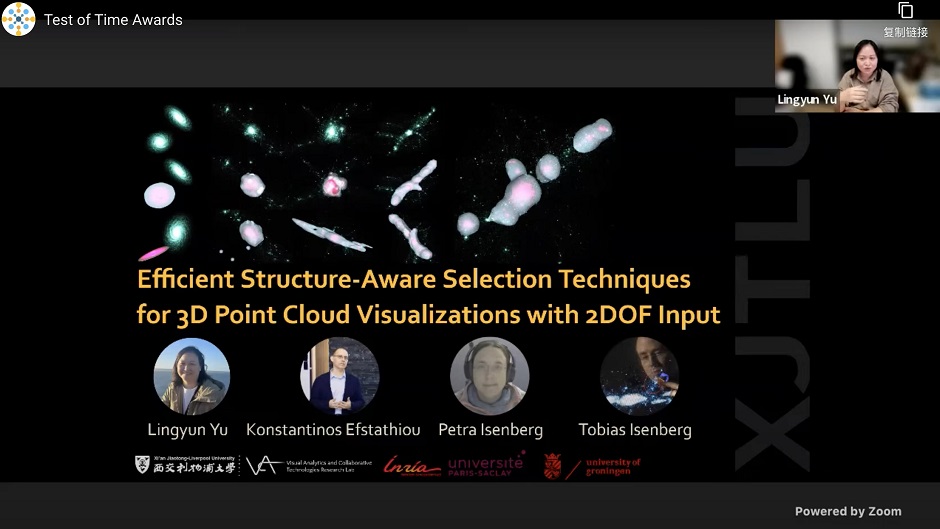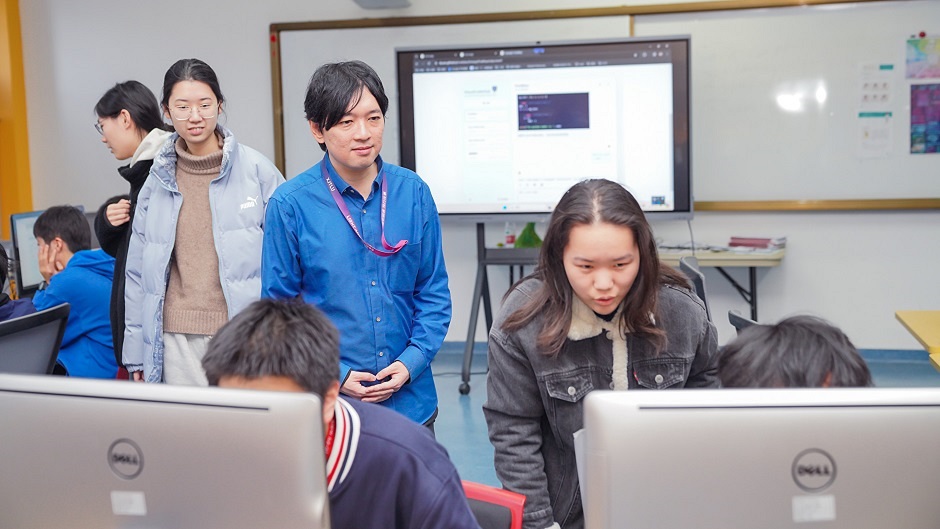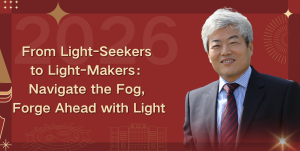25 Oct 2024
In a world overflowing with data, turning complex information into visual representations is more important than ever. Visualisation techniques are widely used across various industries. In complex scientific fields such as medicine, biology, and astronomy, this technology transforms abstract features into intuitive data, revealing development trends and assisting in decision-making, thus proving valuable in both scientific research and everyday life.
Point cloud data, as shown below, consists of a collection of points that represent the position of objects in 3D space. Each point typically includes its spatial coordinates in space and sometimes additional information such as colour, intensity, or other details, providing insights into the exact location and characteristics of the point in physical space. In astronomy, point cloud data is often used to describe the three-dimensional spatial coordinates of galaxies or other celestial bodies. This type of data helps scientists understand the structure of the universe, the formation and evolution of galaxies, and the distribution and spatial characteristics of cosmic large-scale structures.

Point cloud data
Dr Lingyun Yu from the School of Advanced Technology at Xi’an Jiaotong-Liverpool University, with her co-authors, developed two selection techniques for selecting point cloud datasets in 2012. These techniques, TeddySelection and CloudLasso, allow users to quickly and accurately select target point cloud data by simply circling the area of interest, which enhances efficiency and precision in data processing.
The tool’s continued relevance today is why Dr Yu and her team have been awarded the 12-Year SciVis Test of Time Award at this month’s IEEE Visualization Conference 2024 (IEEE VIS 2024).
Dr Yu was completing her PhD at the University of Groningen, Netherlands, when she first developed this technology and won the Best Paper Honorable Mention Award at IEEE VIS 2012. The award-winning paper has continued to influence the field, earning recognition for its lasting impact.

Dr Lingyun Yu and her research team at the online conference
Changing times
One of the standout features of Dr Yu's technique is its ability to interpret user intent. Users can convey their selection preferences by simply drawing a lasso around the target point cloud clusters. The system considers the location and shape of the lasso input, along with the data’s inherent attributes, to accurately determine the cluster that best aligns with the users’ intentions.
As technology evolves, Dr Yu and her students are expanding the tool’s applications into virtual reality (VR) and mixed reality (MR) environments. In VR, users can immerse themselves in the data world, engaging in more natural interactions. In MR, they can seamlessly switch between virtual and real elements, which enhances flexibility in data handling.

Dr Lingyun Yu (second from the left) and her students celebrate winning the award
“This technology is designed to align user intent with data attributes, allowing for a more intuitive experience,” she explains. “As we continue to develop it, we are exploring how users express their intentions in these modern environments to improve both experience and efficiency. It is wonderful and meaningful to carry forward this project and pass it down.”
By Huatian Jin
Edited By Patricia Pieterse
25 Oct 2024
RELATED NEWS

Smart monitoring system aims to lower birth risks for cows
A team of undergraduate students at Xi’an Jiaotong-Liverpool University has developed an intelligent monitoring system for cowsheds that could help dairy far...
Learn more

Team awarded grant for case study of chatbots that help teach coding
In the digital era, computer programming skills have become fundamental. However, many programming languages and their documentation are predominantly in Eng...
Learn more







